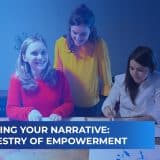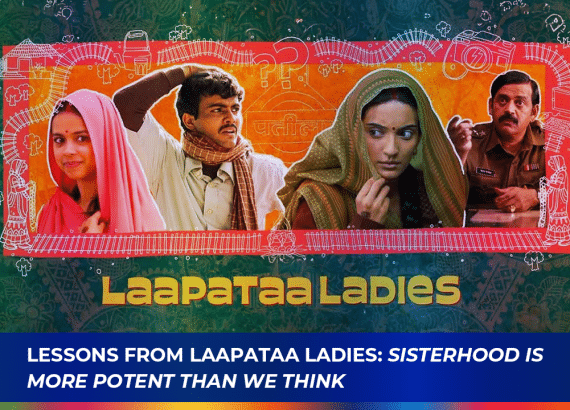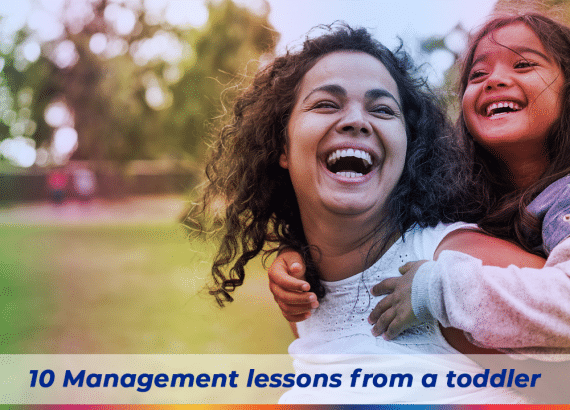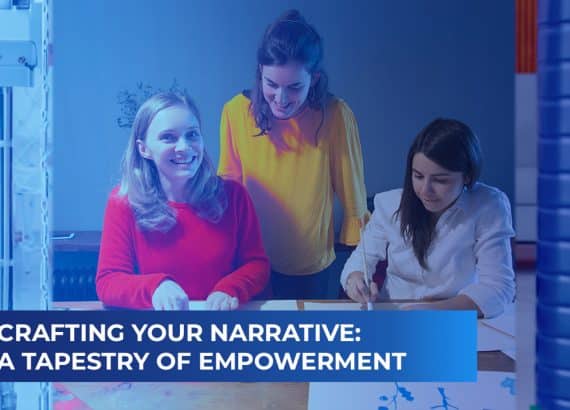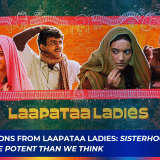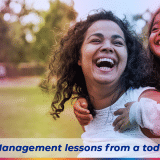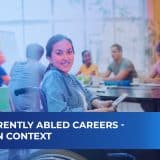Differently Abled Careers- Indian Context
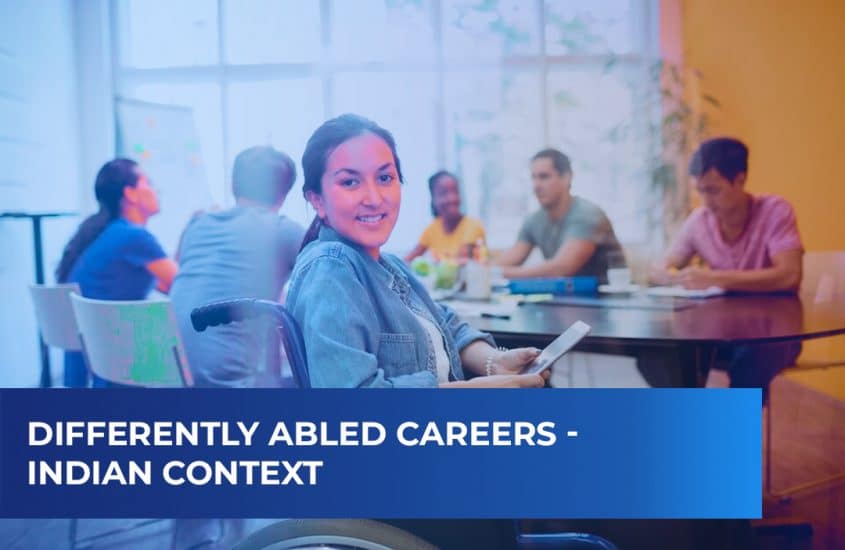
Author: Tilottama Pal
Equal opportunity employers understand the advantages of having a truly diverse workforce and the unique gifts that diverse talent brings, propelling the organization to scale exponential heights. When we speak of diversity in the workplace employee context, we can identify diversity not just by gender, race, colour, creed, religion, or age but also by various other demographics, including disabled/differently abled talent.
A great workplace takes responsibility for creating an environment in which the strengths of diversity are leveraged. This can be done through Organisation Development, DEI, Talent Management, Alumni Engagement, Talent Development, Recruitment, Employer Branding, CSR etc. In short, it’s a holistic approach where at every stage of the employee life cycle journey – experiences, moments, and impact are identified, tracked, measured and designed to achieve desirable outcomes.
Many employers, especially employers with head offices in India – including some with more than 5/6 lakh employees often miss/overlook the difference between providing a differently abled person with a job vs a career. When we speak about a career, we mean a larger context and not just a job. A career consists of multiple jobs and career transitions and is like a marathon with twists and turns on the long journey.
I have witnessed employers in their aspiration to fulfil the checkbox of having hired Differently Abled Talent rope in a recruiting agency to recruit a few PWD candidates and then fail due to attrition of this workforce. This happened especially in cases where hiring was done without conducting an audit, planning for their job support aids, sensitizing colleagues on how to engage effectively and inclusively with such talent and working out career progression plans.
In pursuit of building a world-class organization with a healthy growth of Differently Abled Talent careers (firms like Avtar – The Power of Diversity, a leading player in this space- can be of help). Here are a few pointers that can be of aid-
- Identify which roles are suitable for onboarding Differently Abled Talent.
- Draw a career experience and career path and plan for these Differently Abled Talents that will be in execution from the time of engagement with them, i.e., Pre-Hiring to Alumni Engagement.
- Work out reasonable adjustments needed as part of their careers. It’s best to have a policy and framework ready which can be further customized than to hire a Person with Disability (PwD) Talent and then go searching for what policy should be framed.
- Train co-workers and leaders through PwD career sensitization workshops.
- Create a CoE Taskforce team of 4-5 people within every unit of 150-200 employees, it’s best if this task force is a PwD. At every stage of the policy design, having the buy-in of leaders is critical.
- Reward employees for bringing in referral talent of PwD.
- Reward supervisors for hiring, nurturing and promoting this talent to roles of greater contribution.
- Check the workplace for administrative and IT support that may be necessary towards effectively engaging the PwD.
- Conduct periodic check-ins with this talent without making them feel discriminated against. While some PwD talent may be comfortable sharing blogs/blurbs on their experience with the organization, many may not, and this should not be held against them.
My personal experience of working with PwD Talent has been extremely fulfilling as an HR Practitioner, and I strongly vouch for employing PwD in every organization that wishes to Be Different, Be More, Do More, and Impact More.
To conclude, I remember this quote –
“There is no greater disability in society than to not see a person as more” – Robert M. Hensel


